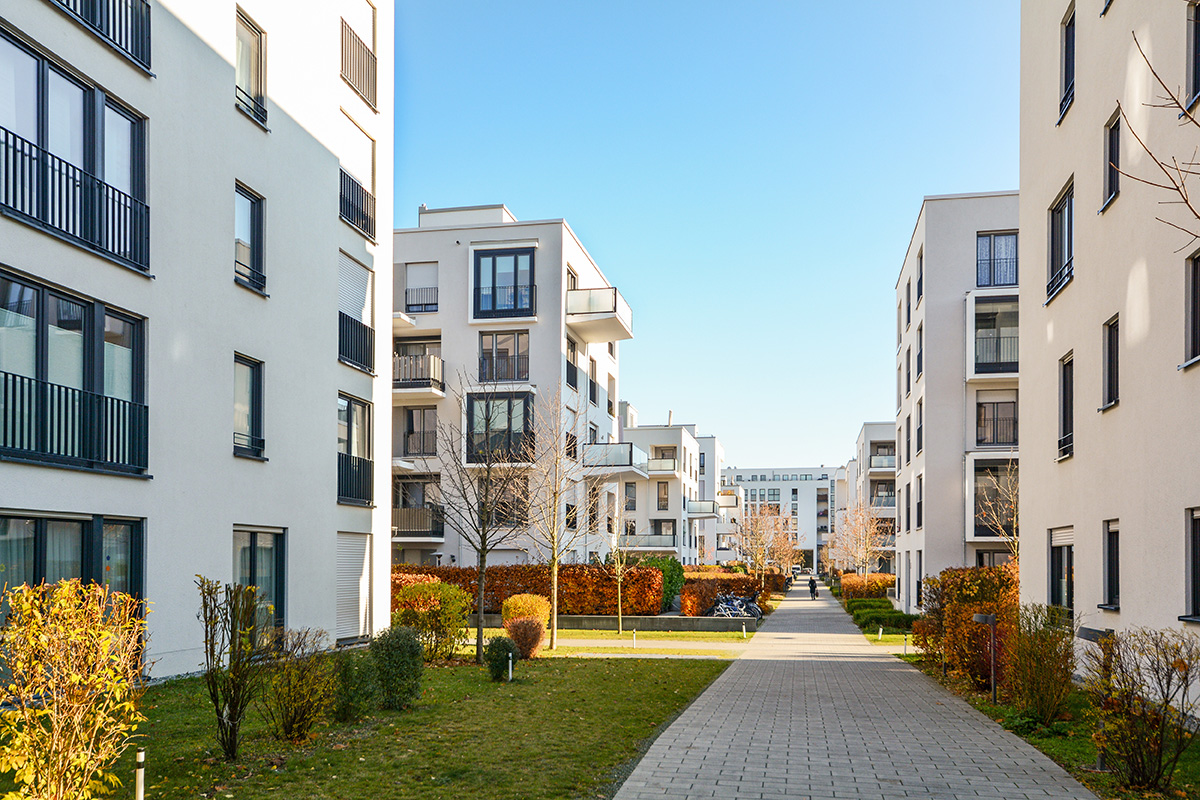Statesville NC: A Small Town with Big Dreams
Statesville NC is located in Iredell County. It’s located about 50 minutes north of Charlotte, 40 minutes south of Elkin and 45 minutes southwest of Winston-Salem.
Scots-Irish Presbyterians and German Lutherans moved to the area in 1753, naming it Fourth Creek Congregation because it was the fourth creek west of neighboring Salisbury. The settlers were drawn by fertile soil and plentiful game.
History
Statesville grew rapidly after 1847, when it was officially incorporated. By the 1860s, the city was a hub for both tobacco and whiskey production. However, a terrible train derailment in 1891 took the lives of many of those who worked on the railway and brought about prohibition.
Tobacco was a major contributor to the economy as it could be grown easily and sold for high prices. Its thriving agricultural industry provided the funds to build the beautiful historic buildings in downtown Statesville.
Another attraction in town is the Iredell Museums, which opened in 1956. Visitors can explore the museum’s historical collection as well as a number of historic neighborhood homes. Past exhibits include a 3,000-year old Egyptian mummy and an account of Tom Dula, whose story inspired the Kingston Trio’s hit “Tom Dooley.” The museums are free to visit. However, a donation is appreciated.
Having a strong economy is important because it helps to keep people employed and provides a way for businesses in the area to stay profitable. A city’s unemployment rate can be a good indication of its economic health. Lower rates are usually viewed as positive.
Statesville is the home of a number large businesses and corporations. Sherwin Williams, Bobcat Company, and EPOC Enviro are just a few of the large corporations in Statesville. These companies bring a lot of money into the city’s economy each year, and the jobs they create help to support local families.
The demographics of Statesville’s neighborhoods reflect the city’s diversity. Below is a map that shows the racial composition of Statesville. Darker shades represent areas where a greater percentage of a particular race lives. This data can be useful for businesses that want to target a specific demographic. This data can be useful for those who are considering moving to a different area.
Weather
weather in Statesville is mostly warm and humid during the summer, but is much cooler during the winter. It is also quite windy at times, resulting in power outages and downed trees. High winds are expected to persist through Saturday, affecting travel in the area.
From May to September, the muggiest period lasts 4.2 months. July is the hottest month, with an index of muggy comfort of 128. Autumn is the rainiest month, accounting for 27% of total rainfall. Winter is the driest season, with just 21% of total rainfall.
The sunniest time of the year is October, when Statesville has clear skies 65% of the time. This is the best month to enjoy outdoor activities, and scores for beach/pool are at their highest. In contrast, January has the most cloudy days with a clarity score of only 31%. Statesville experiences near-normal sunshine levels for the rest of the year. The shortest day of the year is December 21, with 9 hours, 44 minutes of daylight.
Enjoy the Entertainment
Statesville offers several fun experiences to enjoy with friends and family. One such experience is a visit to the Iredell Museums, which houses the state’s only Egyptian mummy. The museum also features a collection of historical items, including old photographs, books, trinkets, and baseball cards.
It’s also fun to stroll around the city’s historical district. It includes the historic Sharpe House, as well as a variety of homes from the 19th and 20th centuries. You can also find a number of shops, restaurants, and businesses in downtown Statesville.
Statesville also has a few escape rooms, such as the Key to Escape, which blends history with escape room thrills. Other escape rooms in the area include Redemption, Under Pressure, and A Twist of Oz. Those who prefer more outdoor activity can visit Mac Anderson Park or Harris Park, which are both great for hiking and biking. The latter even has a sports center, where you can play basketball or softball with friends.
